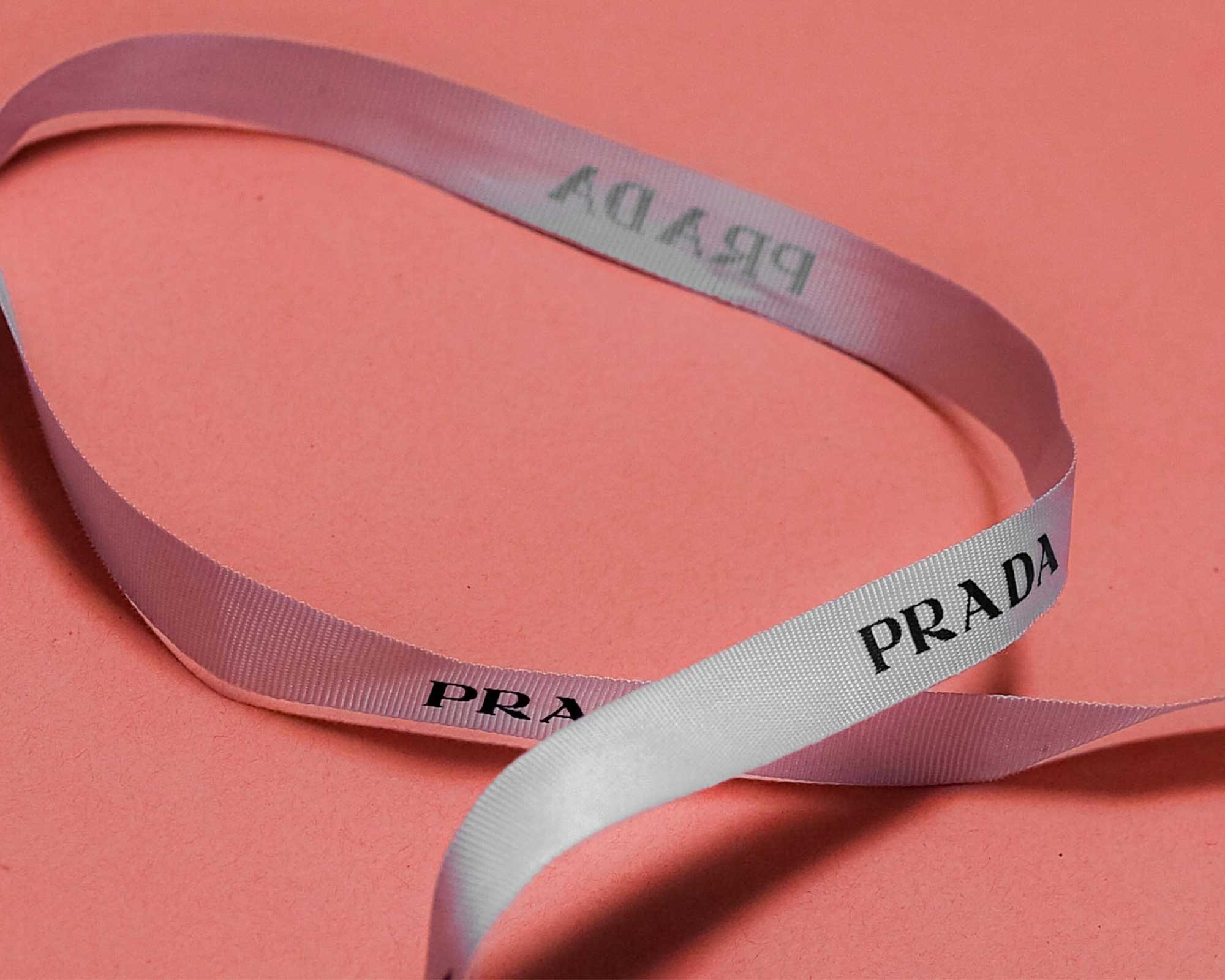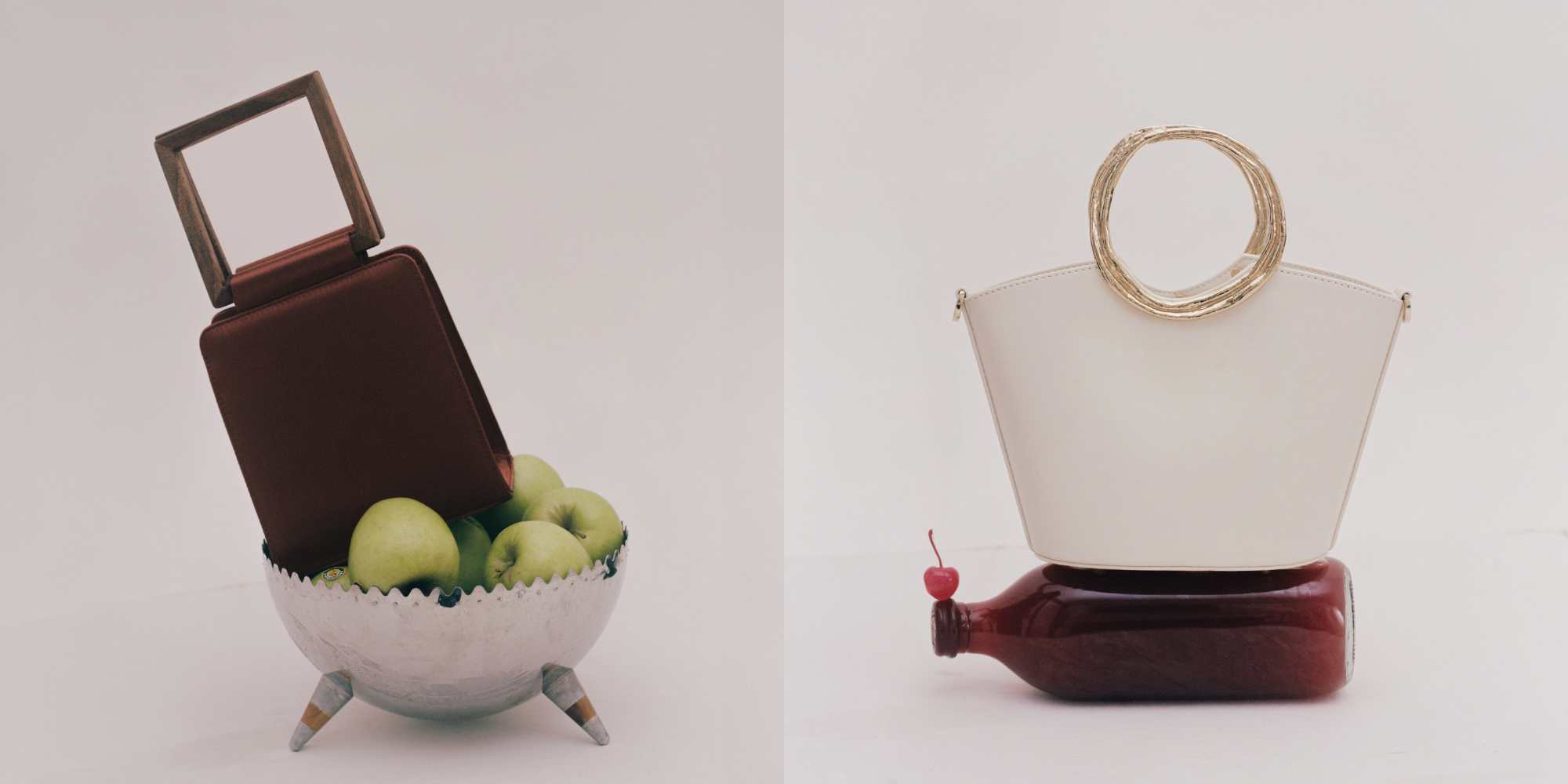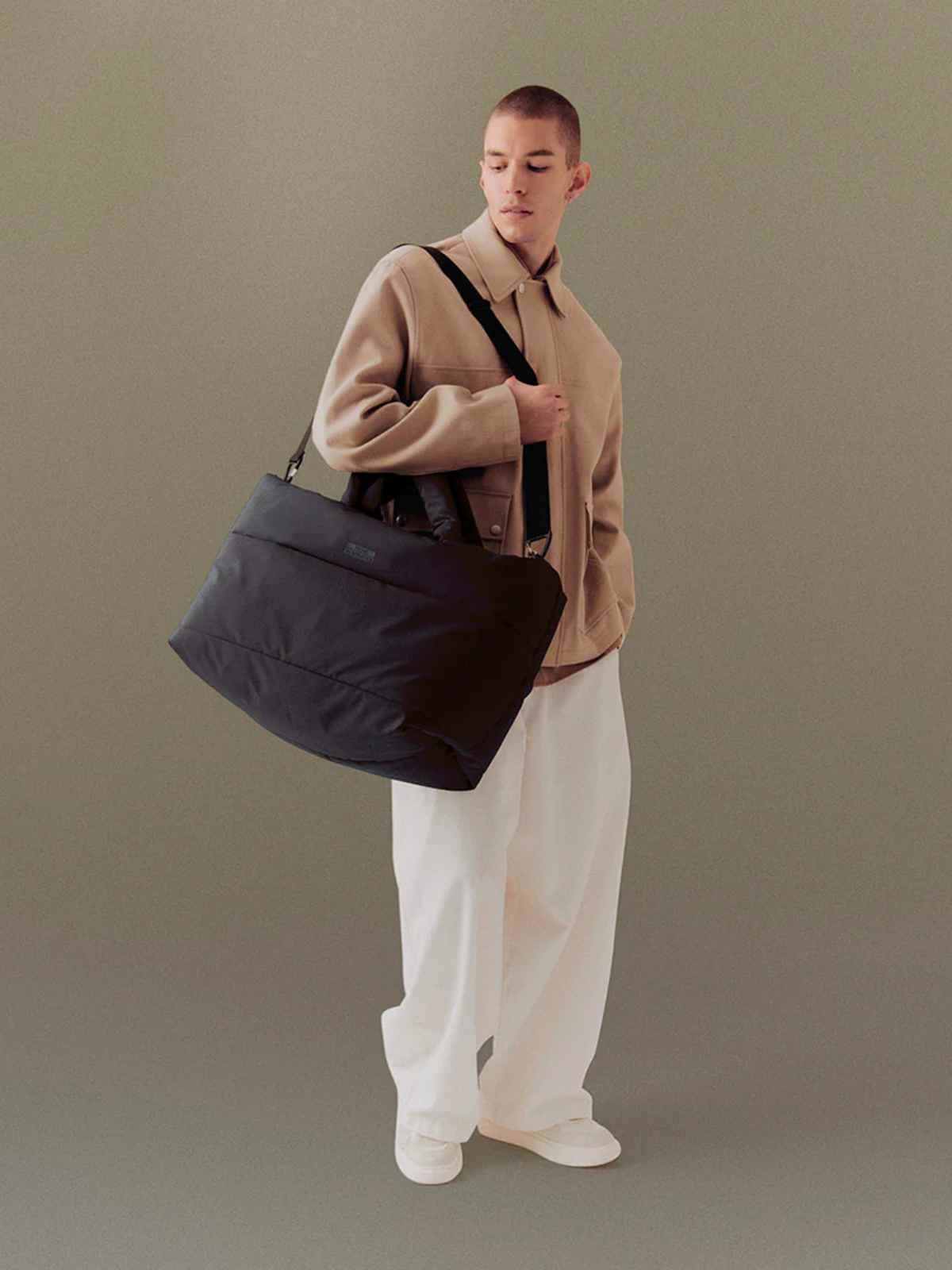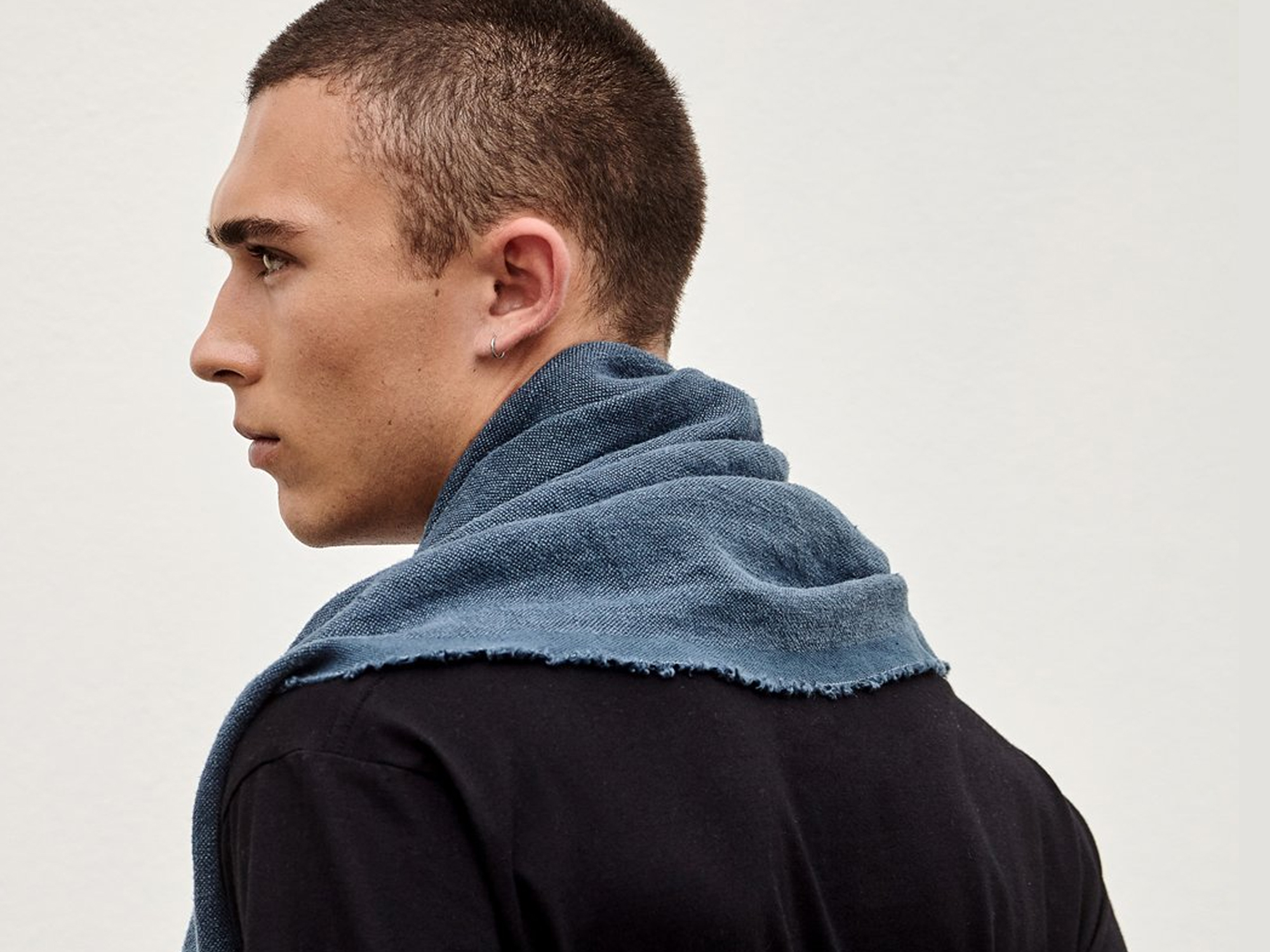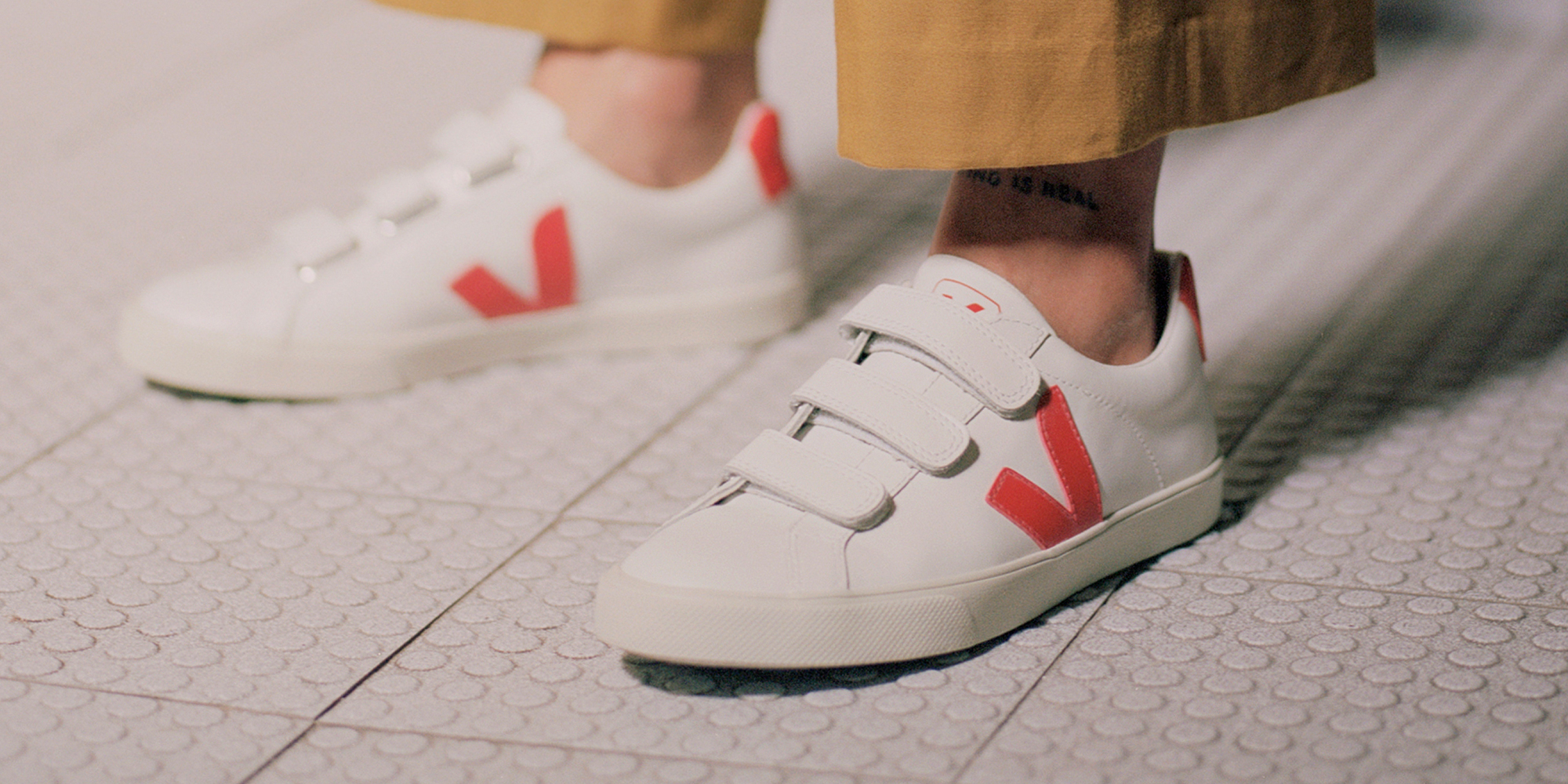Our editors curate highly rated brands that are first assessed by our rigorous ratings system. Buying through our links may earn us a commission—supporting the work we do. Learn more.
Prada is an Italian luxury brand founded in 1913. Since then, the brand has become one of the most iconic fashion brands out there. But how ethical is Prada? Sadly, Prada isn’t doing enough to reduce its impact on people, the planet, and animals. Keep reading to learn more about why we rate the brand “Not Good Enough”. This article is based on the Prada rating published in January 2022.
Is Prada ethical or sustainable?
Prada was founded in Milan in 1913 by Mario Prada as a luxury leather goods brand. But it’s only in 1978, when Mario Prada’s granddaughter, Muccia, took charge, that the label really took off. Since then, Prada has become one of the most iconic fashion brands out there—it’s often associated with cutting edge style and traditional yet modern sophistication. It’s no wonder the devil wears Prada.
Like many luxury houses, Prada has been making strides towards sustainability. It was one of the signatories of the G7 Fashion Pact in 2019 and launched Re-Nylon, a 100% recycled and recyclable innovative fibre, in partnership with Aquafil. More recently, the brand started exploring more responsible jewellery made from recycled gold.
But is that enough to consider Prada more sustainable? How is Prada really impacting the planet, people, and animals?
Environmental impact
Prada’s environmental rating is “Not Good Enough”. It does use some lower-impact materials, including its Re-Nylon fabric. Unlike how many synthetics are used, it is primarily used in accessories like hats and bags that are rarely washed, reducing the risks of microfibre pollution. However, we found no evidence Prada minimises textile waste or that it implements water reduction initiatives. And finally, while Prada complies with its own Restricted Substances List, there is no evidence it has taken meaningful action to eliminate hazardous chemicals. Whoops.
Labour conditions
Unfortunately, Prada is also “Not Good Enough” when it comes to labour conditions. Most of Prada’s final stage of production is undertaken in Italy, a medium risk country for labour abuse. The brand lacks transparency as it does not publish a list of suppliers or information about forced labour, gender equality, or freedom of association. Critically, we also found no evidence that Prada ensures payment of a living wage in its supply chain, nor that it has adequate policies or safeguards to protect suppliers and workers in its supply chain from the impacts of COVID-19. So much for that “equity”.
Animal welfare
Prada uses leather, wool, down, angora, exotic animal skin and hair, and we found no evidence the brand has a policy to minimise the suffering of animals. Prada did commit to eliminating fur, but that’s not enough for us to give Prada a rating higher than “Very Poor” for animal welfare.
Overall rating: Not Good Enough
So, how ethical is Prada? We rate Prada “Not Good Enough” based on our own research. The Italian label still has a long way to go before we can consider it a responsible brand.
Prada needs to improve its animal score (a common theme for luxury brands), use more ethical and eco-friendly materials, and reduce hazardous chemicals and water use. It also needs to start paying its workers a living wage. Unfortunately, like many luxury brands, one of Prada’s key issues seems to be its lack of transparency and disclosure about what it’s actually doing.
Note that Good On You ratings consider hundreds of issues, and it is not possible to list every relevant issue in a summary of the brand’s performance. For more information, see our How We Rate page and our FAQs.
Good swap
Discover our favourite “Good” and “Great” alternatives to Prada.




